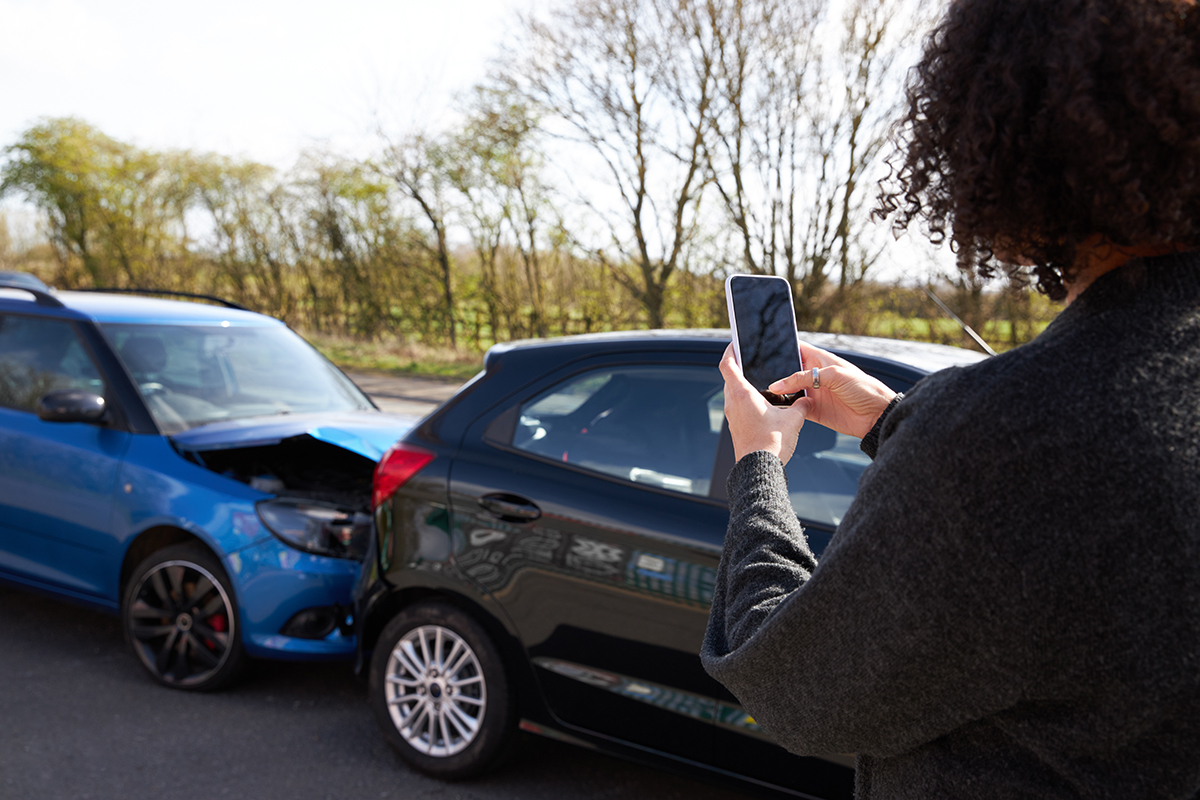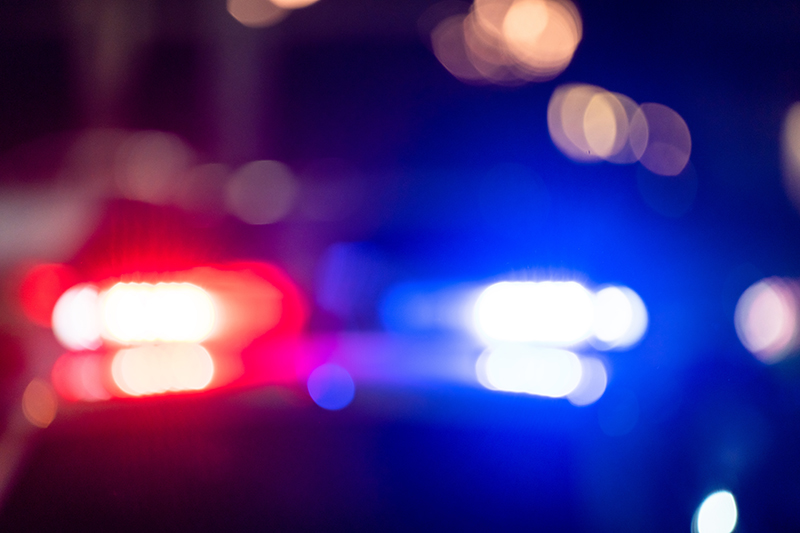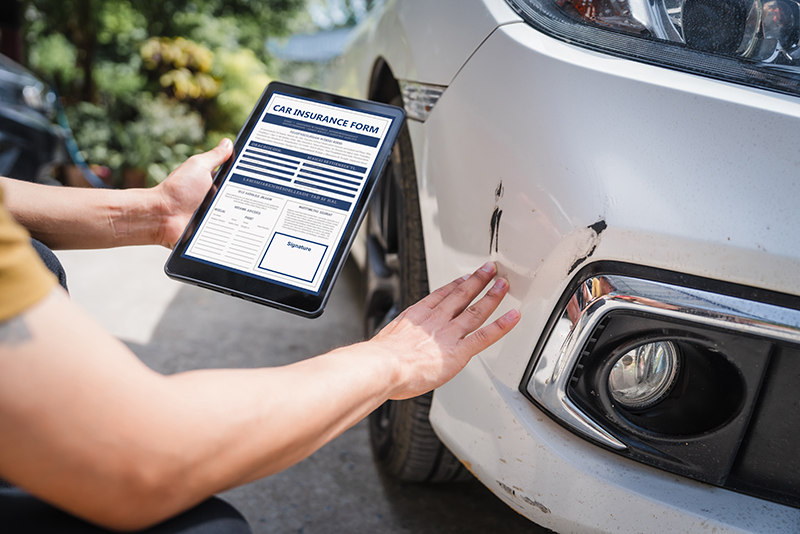What You Legally Need to Do After an Accident in Oregon
Being involved in a motor vehicle accident can be a stressful experience, but understanding your legal responsibilities and how to report the incident properly is critical.
In Oregon, there are specific steps you must follow to ensure compliance with the law.
Whether it’s a minor fender bender or a more serious collision, knowing the proper procedure can help you navigate the aftermath of a crash more smoothly.
When to Report an Accident in Oregon?
In Oregon, it is mandatory to file an Oregon Traffic Accident and Insurance Report with the DMV when certain conditions are met, within 72 hours as per ORS 811.725.
Understanding these criteria can help you avoid penalties and ensure compliance with Oregon state law.
You are required to make a report if any of these situations result from the accident:
Injury or Death
- If any individual (driver, passenger, pedestrian, or cyclist) involved in the collision suffers physical injuries, you must file a report regardless of severity.
This includes minor injuries such as cuts or bruises and extends to severe injuries requiring hospitalization or treatment. - In the case of a fatality, a report is required even if the individual passes away from accident injuries a while after the accident occurs.

Vehicle Damage
- If a vehicle sustains damage that costs more than $2,500 to repair, you are required to file the report. This applies even if:
- Only your vehicle is involved (e.g., single-car accidents like hitting a tree or pole).
- You have insurance to cover the damages.
- To estimate repair costs, consulting a mechanic or getting an initial repair quote can help determine if the damage meets the $2,500 threshold.
Property Damage
- If the accident causes damage to someone else’s property, such as a fence, mailbox, building, or other stationary objects, and the repair costs exceed $2,500, you must report it.
- This also applies to public property, like traffic signs, light poles, or guardrails.
Towed Vehicle
- If any vehicle involved in the accident is damaged to the extent that it cannot be driven safely and requires towing, the report is mandatory.
- This applies to your own vehicle as well as other vehicles involved in the collision.
You Must File Even If Law Enforcement Is Involved
Even if law enforcement officers arrive at the scene and file an accident report, you are still required to submit your own report to the DMV. The law mandates that each driver involved file independently. Relying on a police report alone is not sufficient to fulfill your legal obligation.
Consequences of Failing to Report
If you fail to file the report within the required 72-hour timeframe, the Oregon DMV can impose penalties, including:
- Suspension of driving privileges: Your license can be suspended for up to five years or until the report is filed.
- Potential legal fines: Non-compliance may also result in fines or additional legal repercussions.
Filing the report ensures that your driving privileges remain intact and provides an official record of the incident, which can be necessary for insurance claims or legal disputes.

Obtaining and Submitting the Oregon Traffic Accident and Insurance Report
Filing the Oregon Traffic Accident and Insurance Report (Form 735-32) is a critical step after certain accidents. Here is how you can obtain the form, fill it out, and submit it properly.
How to Obtain the Report Form
You can access Form 735-32 through the following methods:
a. Online Download
- The form is readily available on the Oregon DMV website.
- Visit the official site at www.oregon.gov.
- Download and print the form. If you don’t have access to a printer, fill it out digitally, save it, and submit it electronically.
b. In-Person Collection
- Visit a local DMV office in your area. Staff can provide you with a hard copy of the form.
- Alternatively, you can get the form from a law enforcement agency if they are involved in the accident response.
Completing the Report Form
When filling out Form 735-32, ensure the following information is provided accurately:
- Personal Information: Include your full name, address, phone number, driver’s license number, and insurance details.
- Accident Details: Provide specific information about the collision, such as the date, time, location, weather conditions, and road type.
- Other Parties Involved: Include the names, contact details, and insurance information of other drivers, passengers, or pedestrians involved.
- Vehicle Information: Provide details about the vehicles involved, such as make, model, license plate number, and damage assessment.
- Narrative Description: Write a clear and concise description of how the accident occurred. Be factual and avoid placing blame.
- Diagrams: If required, draw a simple diagram showing the accident scene, including the positions of the vehicles, road layout, and any relevant details like traffic signals or signs.
Tip: Double-check your entries to ensure accuracy and completeness before submission. Errors or omissions could delay processing.

How to Submit the Crash Report in Oregon
After completing the form, you must submit it to the DMV Crash Reporting Unit within 72 hours of the accident. Use any of the following methods:
Email:
- Send the completed form to: [email protected].
- Attach the form as a PDF and ensure the file is legible. Use the subject line “Traffic Accident Report” for clarity.
Fax:
- Fax the completed form to (503) 945-5267.
- Retain the fax confirmation receipt as proof of submission.
Mail:
- Mail the form to the following address:
DMV Crash Reporting Unit
1905 Lana Ave NE, Salem, OR 97314 - Use certified or tracked mail to ensure the DMV receives your submission. Keep the receipt as proof.
Online:
- Recently, a change has been made to allow Oregon residents to report their accident online here.
Retaining a Copy for Your Records:
- Always make a copy of the completed form before submitting it, regardless of the submission method.
- Keep a copy of any confirmation receipts (email confirmation, fax receipt, or mail tracking number).
- These records may be essential for future reference, especially for insurance claims or legal matters.
How Do Accident Reports Impact Insurance Claims in Oregon?
Accident reports play a critical role in determining how your insurance claim is processed. When you file a report with the Oregon DMV, it becomes an official record of the incident, including details such as the parties involved, the extent of damage, and any injuries. This documentation is crucial in resolving disputes and assigning liability.
Why Filing Matters for Insurance
Insurance companies rely on accident reports to verify the facts of a claim. Without this documentation, insurers may question the details of the incident, potentially delaying the claim or leading to a denial. In some cases, failing to report a crash that meets Oregon’s mandatory reporting requirements may result in penalties and difficulties in obtaining compensation.
Impact on Liability and Premiums
Accident reports help establish fault, which directly impacts your insurance premiums. If the report shows you were at fault, you may see an increase in your rates during your policy renewal. Conversely, having a detailed report can protect you if the other driver disputes their responsibility.

If you have been involved in an auto accident in Oregon and suffered an injury, call Goldberg & Loren today at (971) 339-8080 for a free consultation.

